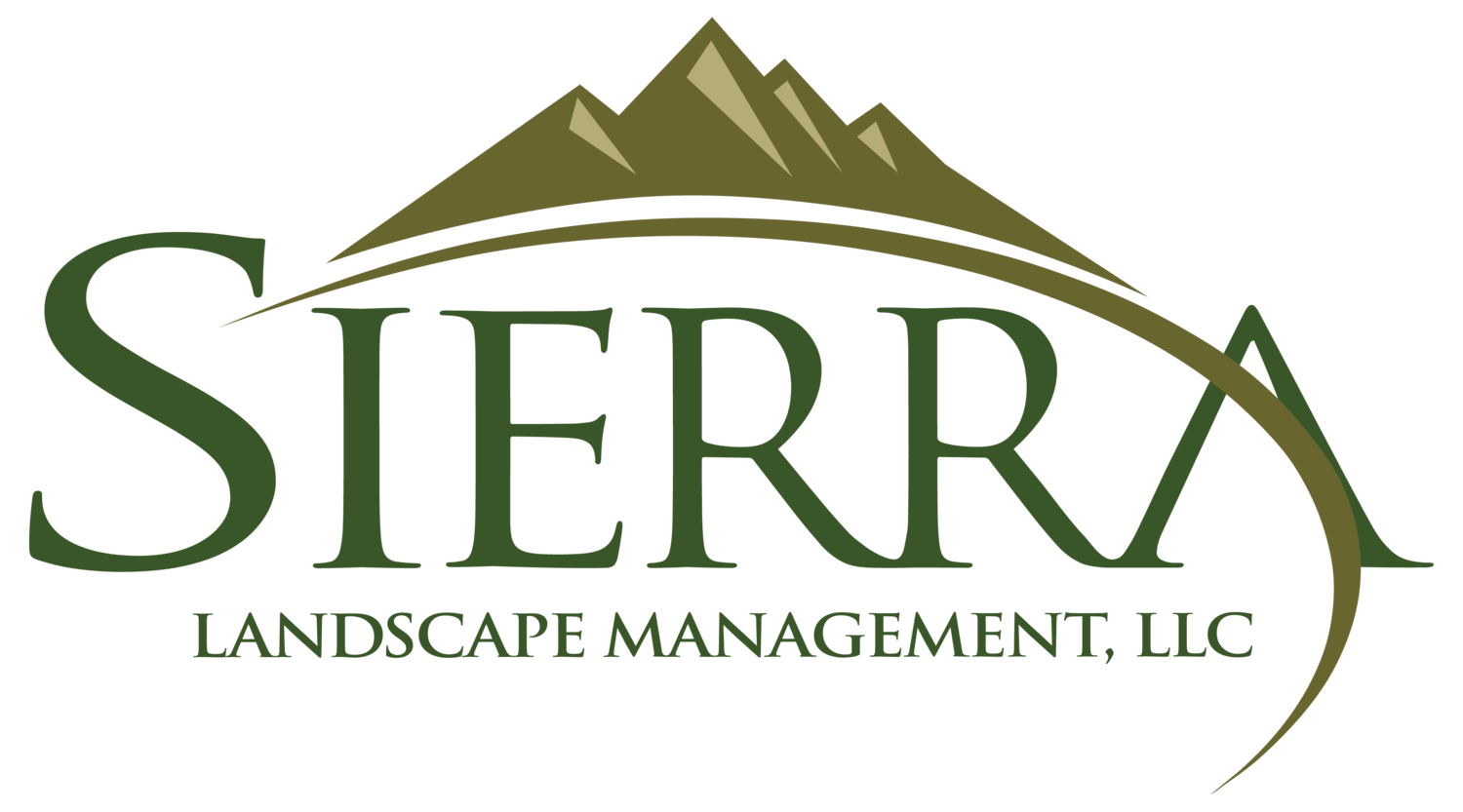What Color Mulch Is Best?
With so many options which do you choose?
(The answer might surprise you.)
Don’t cheat and watch this video. Read on, then come back and Click Here: What Color Mulch?
Cedar, Hemlock, Oak, Bark, Root, Hardwood, Double Ground, Triple Ground, Playground, Black Mulch, Red Mulch, Brown Mulch, Rubber Mulch, Blue Mulch, yes Blue Mulch. With so many options how will you know which to choose for your Country Landscaping Design near Sparta, NJ? We have used the same type of mulch for close to a decade and here is why.
The Truth About Dyed Mulch
A quick search around the internet about colored mulch will yield a variety of results. Depending on which side you are on it is easy to find supportive articles to go with your questions. After all, isn’t that what the internet is great at? The reality though is that there is very little concrete evidence available that definitively supports or harms the colored mulch industry. What we can share is our actual real world experience.
The last 15 years or so we have seen the ever popular Black Dyed Mulch installed in more and more places. We have read articles that suggest the leaching carbon from the dye draws nutrients away from the roots of the plants. We can’t confirm or deny that, but we can confirm that we have seen an increasing decline in sensitive plant health in landscapes year after year. We have performed extensive and costly landscape tear outs due to high volume plant loss and decline. Perennials seem to be more affected than some hardy wooded plants. In some instances we have removed up to 12” of mulch from landscape beds just to get to the soil. A normal amount is 3-4”.
Our feeling about why this is happening is the following: We believe that the Black Dye may be contributing to the decline, but not entirely responsible. We also believe that the quality of wood often used for dyed mulches is that which is not suitable for other use. We are not convinced that its’ proper use should be in your landscape. Lastly, we believe that because the dye fades relatively quickly, it is refreshed more often. Additionally, the carbon prevents the wood from rotting. The ability to break down and refresh the soil is a trait you want in your mulch. This means eventually the depth of mulch will exceed recommended levels as new layers are added if it does not break down and is not removed at the same rate it is decomposing.
What About Fungus?
All wood will eventually decompose. How quickly it does that is determined by anything that is applied to it such as dye, how wet the site is, and the type of wood it is. During years with heavy rains we often hear stories about excessive fungus in mulch. ALL MULCH WILL GROW FUNGUS! I know it’s hard to hear, but it’s the truth.
Artillery Fungus loves to ruin your siding, car or anything within reach!
Wood decomposes by the fungus that grows on and eats away at it. Thing is certain types of wood are far more prone to this than others. We find the wood types that are most susceptible to rot, fungus, and problems are the cheap woods which also are often the same type that wind up in dyed mulch. Recycled pallets, wood scraps, and wood otherwise not usable for premium sale often make the cut to run down the belt to the dye sprayer.
Have you ever seen little black dots all over your siding. I know I have also. It’s called artillery fungus and it’s a real pain to get off. This is the number one complaint we receive from homeowners that have been affected by cheap mulches. Keep in mind though that ALL mulches can be susceptible to this problem, though some wood species will deter it better than others.
The reason we choose the mulches we do is because although they will get fungus like any other, they have been proven to get far less over time due to their natural makeup. Keep reading to find out which mulch we use.
Which Mulch Should I Use?
A good mulch should come from quality wood sources, be responsibly sourced, be properly managed, and be sold with little to no contaminants. We find that certain distributors are better equipped to handle this than others. Being such a large market it is understandable that there will be everything available from low quality to ultra-premium. Our experience is that it never pays in the long run to save a few bucks now. Because of that we always suggest the use of undyed natural mulches for clients’ landscape renovations.
In almost all of our cases we are working on finished landscapes near a living environment. Because of this we have determined that the best long term investment for the landscape over the years is to install a quality Hemlock Mulch over a quality topsoil. Cedar is also a great option, though the light natural color is not attractive to most homeowners. Undyed hardwood is also a consideration for areas not sensitive to fungus, or appearance such as playground and planting beds along the back 40.
We recommend that mulch be maintained at a depth of around 3”. Instead of installing every 2-3 years which is sometimes common, we recommend a thinner fresh layer around 1-2” be installed annually. This will help control weeds better, keep the appearance fresh looking, and keep up with the natural deterioration of the mulch layers.
Thank you for reading. We hope this has been informative. Please reach out if you have further questions.


